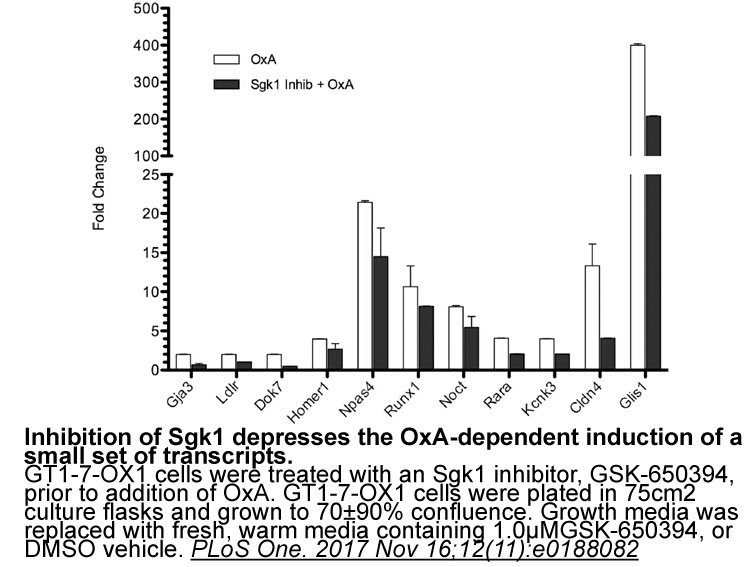Archives
A topological property P is said to be cut point
A topological property P is said to be cut point hereditary [3] if whenever a space X has property P, then, for every there exists some separation of such that each of and has property P.
A space X is called connected ordered topological space (COTS) [5] if it is connected and has the property: if Y is a three-point subset of X, then there is a point x in Y such that Y meets two connected components of .
A function from a space X to a space Y is called a Darboux function [6], [7] if the image of every connected set of X is connected.
COTS with endpoints
Theorem 3.1(ii) of [3] gives a characterization of a COTS with endpoints in terms of continuous bijection. Now, we obtain a characterization of a COTS with endpoints in terms of Darboux function.
In what follows, Lemma 2.1 helps in obtaining some of the results of [4] without seemingly strong assumption of closedness of subset. Thus these results also generalize the corresponding results which are proved in [4] for subset.
The following remark follows using Proposition 2.9 of [6] and Theorem 3.11.
follows using Proposition 2.9 of [6] and Theorem 3.11.
We note that the following result follows on the lines of the proof of Theorem 3.11 because, for a cut point x of a connected space X having a cut point hereditary property P, there exists a separation of such that each of and has the property P, and Theorem 3.16, Theorem 3.15 are applicable, in place of Theorem 3.10, Theorem 3.9 respectively.
Theorem 3.18 coupled with Corollary 6.2(i) of [3] gives the following corollary.
Acknowledgement
The authors are thankful to the referee for his very valuable suggestions which resulted in the improvement of the paper. In particular, his suggestions led to reduction in the proofs of Theorem 3.15, Theorem 3.17.
Introduction
Polarized growth is one of the important characteristics of filamentous fungi (Harris, 2006, Riquelme et al., 2011). The ability to establish highly polarized Ertapenem sodium salt synthesis is regulated by a variety of pathways. These include metabolic as well as regulatory elements that respond to numerous environmental challenges. Both primary and secondary metabolic processes have been found to influence polarity and hyphal morphology (Harris, 2006, Hoff et al., 2010, Li and Borkovich, 2006, Momany, 2002, Osherov, 2001, Seiler and Plamann, 2003, Ziv et al., 2008). The secondary metabolism pathways require the proper synthesis of carbon- and nitrogen-based precursors and are also dependent on primary metabolism (Demain and Fang, 2000, Zeilinger et al., 2015.). In addition to the extensively analyzed cAMP-dependent protein kinase A (Harris, 2006, Ziv et al., 2008) and MAPK pathways (Lengeler et al., 2000, Lewis et al., 1998, Maerz et al., 2008), the Colonial Temperature sensitive 1 (COT-1) (NCU07296.7) pathway has also been shown to be a key regulator of polar growth (Gorovits et al., 2000, Gorovits and Yarden, 2003, Herold and Yarden, 2017, Maerz and Seiler, 2010, Yarden et al., 1992, Ziv et al., 2013, Ziv et al., 2009). This is a highly conserved serine/threonine kinase which is the founder of the LATS/NDR (nuclear Dbf2-related) protein family (Gorovits et al., 2000, Maerz et al., 2008, Yarden et al., 1992).
In N. crassa, a point mutation conferring a single amino acid mutation (His to Arg substitution at amino acid 351 within catalytic domain VII of the kinase) of COT-1 protein resulted in the formation of a temperature sensitive strain, exhibiting severe morphological defects at temperatures higher than 32 °C (Gorovits et al., 1999, Maerz et al., 2008, Yarden et al., 1992). These are mainly characterized by a greatly reduced growth rate and excessive branching, the outcome of which is the formation of a highly restricted and dense colony. Changes in the presence of different forms of the kinase have also been observed as a consequence of the point mutation (Feldman et al., 2013, Gorovits et al., 1999, Ziv et al., 2013). Prominent changes in such mutants also include increased cell wall and septum thicknesses (Gorovits et al., 2000, Herold and Yarden, 2017).